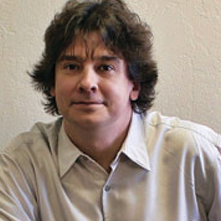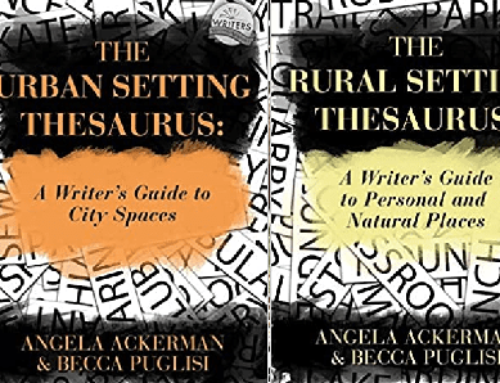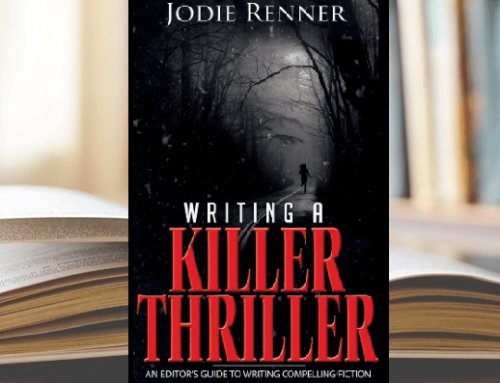[by Ross Browne]
Word Play by Peter Farb may not have been written with novelists in mind, but it’s chock full of good insights for writers, especially on the topic of dialogue. (You can check out the book here.)
One chapter I find especially interesting is on verbal dueling. The author’s position is summed up nicely in the very first paragraph with the statement:
“Most speakers unconsciously duel even during seemingly casual conversation, as can often be observed at social gatherings where they show less concern for exchanging information than for asserting their own dominance.”
The more I think about this notion of dialogue as a means to assert dominance, the more useful it seems to me to be as concept for writers in the effort to make their dialogue as entertaining as possible. One thing no good writer wants is “flat” dialogue–dialogue that may well do its job but without enough snap to make the conversation sufficiently interesting to readers.
If a dialogue scene goes on too long without one speaker challenging another or trying to assert dominance on some level or another, that may be a red flag.
One method our editors often suggest to help breath life into flat, uninteresting dialogue involves bringing some kind of conflict, friction, or talk at cross purposes into the situation. This can manifest as polite disagreement, heated argument, angry tirade, or tense silence. It may be low hanging fruit, this idea of giving your characters something to argue or at least disagree about to make dialogue scenes more interesting, but I’ve seen it work many times, especially in scenes that are primarily expositional in intent.
Two characters talking about what they do (or should) already know is likely to sound made-up and contrived.
Two characters arguing about the same topic–even if the scene is really for readers’ benefit to get us up to speed on something–is much easier to make sound natural and organic to the characters and situation.
But putting the exposition issue aside, isn’t there some truth to the notion that there’s nothing more boring than two characters talking politely about things they agree on and see in the same light? This is why creating some distance in the positions of the speakers and introducing conflict can work wonders.
Farb’s chapter on verbal dueling offers good food for thought on a more subtle approach that writers can capitalize on regarding more subtextual undercurrents in real life conversation. Carefully considering the conscious and subconscious agendas of each participant and the ways in which people can try to assert themselves in a conversation can be helpful in giving a flat dialogue scene some extra bite without changing its complexion or resorting to more explicit brands of conflict.
Playing with language.
In Farb’s chapter on playing with language, he opens with a good point for writers on how it’s human nature to distort and manipulate language to display personal speech styles and express personality. It’s not stated explicitly, but there’s plenty of good insight here for writers who are attentive to the connection between dialogue and characterization. Farb’s exploration of this touches on things that any craft-conscious writer should pay attention to–matters of diction and cadence and word rhythms to name just a few–and he explores this not only in the context of dialogue but also the overall voice of the narrative.
There is some fascinating anecdotal material considering Farb’s observations about conversation and dialogue and how they manifest in various cultures, and also some very useful points of analysis on the mechanics of conversation such as a speaker’s six choices on how to open a conversation.
Overall, this a book that has a lot to offer writers and conversationalists alike, and it’s one I recommend highly.





